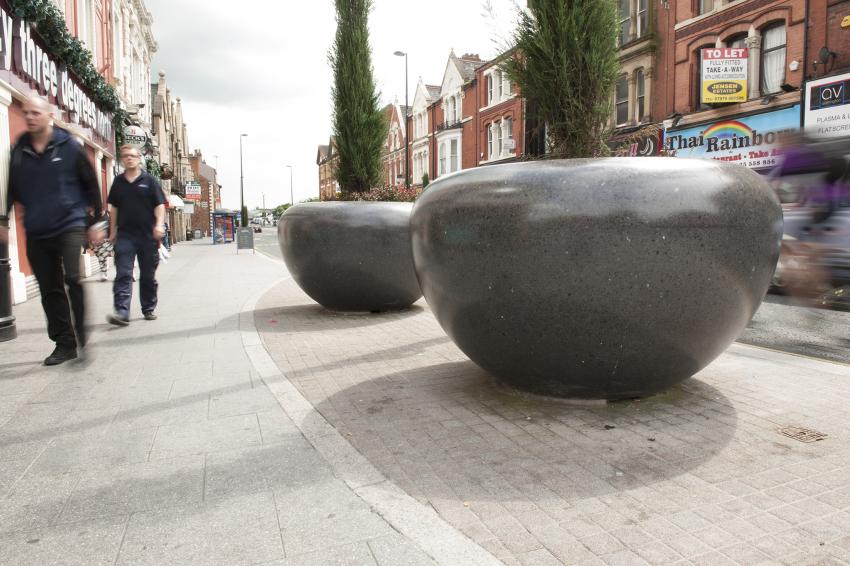An Aesthetic Change in Fighting Terror
Approaches to Anti-Terror Protection are Shifting
Vehicles have become the weapon of choice for terrorists and to mitigate this new threat, security experts have largely focused on erecting temporary measures, such as concrete barriers and metal barricades. But, these can create fear among the public. Jaz Vilkhu, Managing Director of Landscape Protection at Marshalls, argues that those protecting busy urban spaces should consider a holistic, more aesthetic approach.
From large complex bomb plots to vehicle attacks, the terrorist threat is evolving. The longer it takes to plan an attack and the more people involved provides our security services with a greater chance of disrupting them. So rather than expose their efforts to this risk, terror organisations are shifting their approach – stripped down to an individual with motivation, intent and access to a vehicle, the gap between planning and execution has been reduced to a matter of hours and minutes.
This method is incredibly difficult to detect. There have been eight vehicle attacks across Europe since January 2017 alone, and the threat of future plots has seen anti-terror barrier installations erected around busy, urban areas to help protect the public. But while these measures send a visible message that governments are taking security seriously, they imply that the threat is very real. The very action of fortifying our town and city centres is increasing the fear that people feel and this can all too easily translate into action, with falling footfall severely hitting businesses and urban areas.
Cutting the Threat Perception
Addressing this issue should be of equal priority for security experts alongside introducing measures that can prevent attacks. Late last year, Stefano Boeri, a leading Italian architect, specified planters to protect Florence’s government buildings and squares from vehicle attacks, which are more in-keeping with the surrounding environment than military-style barriers.
This represents a significant shift in thinking, and forms part of the multi-layered, aesthetic, more holistic strategy we’re seeing security experts, architects and planners consider. According to joint research Marshalls conducted with IFSEC Global, 79 per cent of architects have seen the number of projects requiring aesthetic protection increase over the last three years, and almost all believe the demand will rise sharply moving forward.
The approach is designed to reduce the threat long before a vehicle can reach its target, with protective measures that integrate well with the surrounding environment. The first step involves reducing the speed and mitigating the angle that a vehicle can approach a target, which can be done redesigning the layout of the road infrastructure and adding in traffic calming features – think chicanes, speed bumps, width restricted lanes and the creation of pedestrianised areas and ’buffer zones’, which redirect traffic away from people. Additional kerbing can then be specified to prevent any rogue vehicles from mounting the footpath and deflect them back onto the carriageway.
The Final Line of Defence
The landscape furniture then acts as the final line of defence. But rather than using concrete blocks and metal barriers, more security experts and architects take the approach adopted by Stefano Boeri and use planters, seating, little bins, lighting columns, cycle stands and bollards. While they may look fragile, they are built with PAS68/IWA 14.1 certified cores – the latest Publicly Available Specification for products used in hostile vehicle mitigation. A single piece of this landscape furniture can stop a 7.5 tonne articulated lorry travelling at 50 mph.
While preventing vehicle attacks is clearly key, finding the right balance between security and keeping measures out of sight and out of mind should be a priority given the potential social and commercial impacts concrete blocks and metal barriers can have.
Contact
*Marshalls Plc
Lanscape House Premier Way
HX5 9HT Elland
West Yorkshire










